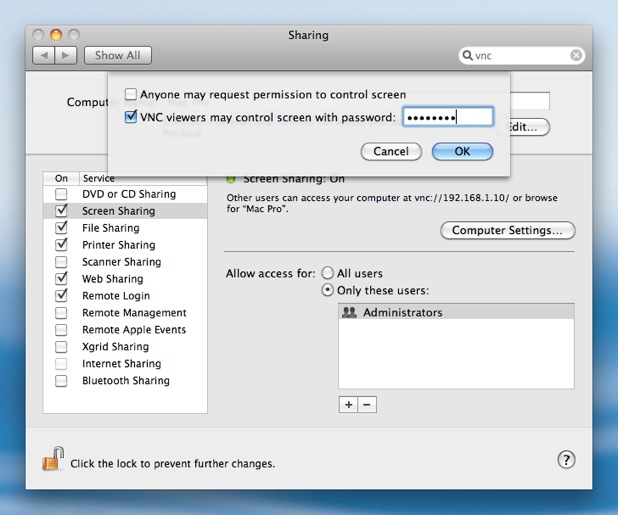

In addition, there are many other adapters that tend to work with OSX and Linux, but no list is complete nor available. The Keyspan adapters are known to work well with non-Windows environments. I then tested the adapter in my windows app and indeed, the serial connection is working! I am using Windows XP Pro as my guest OS, so, unless you are set up the same, the exact steps may differ somewhat. Windows now seems just fine with the COM3 I created - there's no yellow "!" in device manager, and the Keyspan adapter LED is solid green.

Finally, put a checkmark in the box labeled Create Pipe, and enter path of /tmp/serial without the quotes. After enabling Port 1, I set the Port Number drop-down to User-defined, and set it to IRQ 4, 3F8 as above. In VirtualBox, I then edited Serial Ports in the Settings area of my virtual machine.The device was created, but for some reason, it ended up being a COM3, IRQ4, at address 3F8 (this is important in a moment). Basically, I wanted to force XP to set up an item in Device Manager for a COM port.

In XP, I went into the Add Hardware wizard, and scrolled down to the bottom to add hardware I pick from a list.Downloaded SerialClient, the excellent app that seems to make this work.Installed the Keyspan drivers on my Mac (Leopard, 10.5.4).It turns out that I hadn't turned them on in VirtualBox, so I did that. Windows XP installed without a hitch, but it had no COM ports set up.Here's what I did just now to get my Keyspan USA-19HS USB-to-Serial adapter working in VirtualBox under Windows XP: For some of us, we not only need to run a Windows app, but that app requires a connection to a serial device. Sun's VirtualBox is a slick new virtualization alternative to VMWare Fusion, Parallels, and the like.


 0 kommentar(er)
0 kommentar(er)
